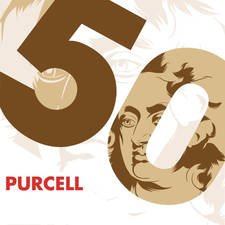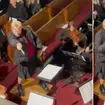X-rays restore lost opera
18 June 2013, 11:16 | Updated: 18 September 2014, 15:42
Audiences can now hear a 200-year-old opera by composer Luigi Cherubini in full, after scientists blasted X-rays at the damaged score.
An opera defaced by its composer more than 200 years ago can now be performed in full for the first time, with the help of X-ray technology. Scientists blasted the score of Cherubini's Médée with X-rays, revealing the missing notes in the aria 'Du trouble affreux qui me dévore' (The terrible disorder that consumes me), which had previously been hidden under a layer of carbon.
After Médée was criticised for being too long, Cherubini reportedly scribbled out the final bars of the music, obscuring the last lines of text. For centuries the opera has been performed as an incomplete work.
"It was amazing to be able to see the complete aria," said physicist Uwe Bergmann from the SLAC National Accelerator Laboratory. "For me, uncovering the composition of a genius' work that had been lost for centuries is as thrilling as trying to uncover one of the big secrets of nature."
The handwritten notes on the score were written with iron gall ink, and the lines of the musical staff contained high levels of zinc. When blasted with X-rays, the charcoal smudges became almost completely transparent, revealing the music beneath the scribbles.
You can listen to the piano realisation of the newly completed aria below, or download the audio from the Stanford University website. If you want to hear the aria in its incomplete version, watch the YouTube video below.
Du trouble affreux qui me dévore - Piano/vocal realisation from SLAC National Accelerator Laboratory
Picture: Uwe Bergmann/SLAC National Accelerator Laboratory


































